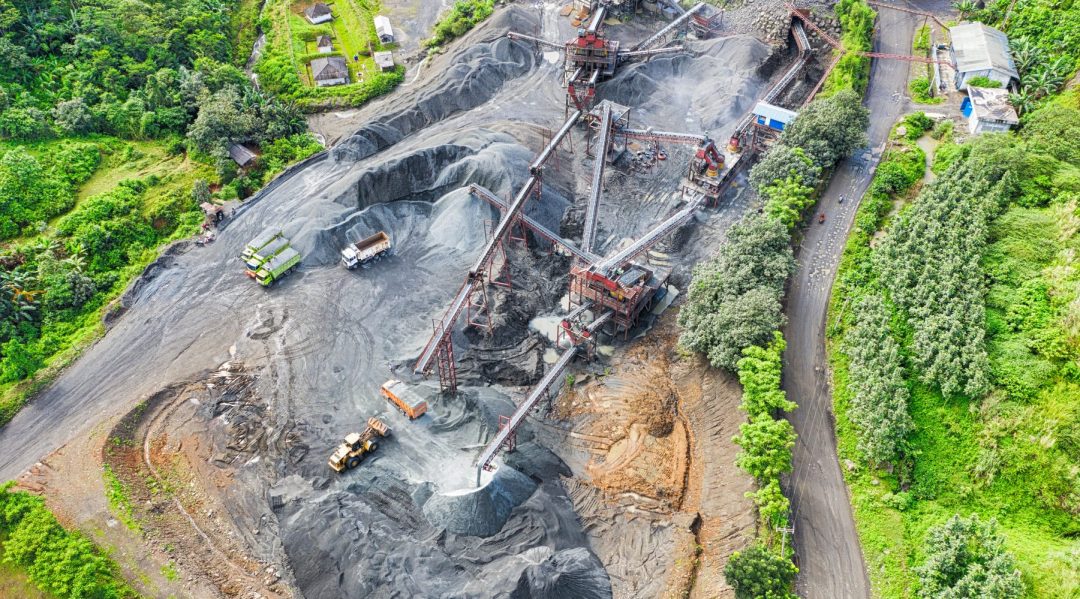How can we concretely assess the Swiss real estate sector’s progress towards carbon neutrality? By using building permit data. This is the aim of the latest white paper of the CRML (Center for Risk Management Lausanne) at HEC Lausanne, published in collaboration with E4S: “Retrofitting the Future: The Costs, Timelines, and Strategies Shaping Swiss Real Estate”.
Using more than 45,000 permits issued in 2024, the researchers analyze the real dynamics of renovation in Switzerland: the pace, cost and type of renovation, but also the blind spots in a sector that is key to the Swiss energy transition. After all, although significant trends are emerging in building improvements, few renovations are directly targeting energy efficiency.
The picture is mixed: the shift towards low-carbon buildings has begun, but is still far from sufficient.
The report also highlights the strategic role of real estate investment vehicles (REIVs). “If REIVs want to achieve the 2050 climate targets, they will need to mobilize an average of 13% of their net worth, for a total of 28.3 billion Swiss francs. But there are wide variations, and some players will need to invest well above this average”, the researchers point out.
“By combining recent data and project typologies, we can move from a theoretical and retrospective view to a concrete and prospective reading of the changes underway,” explains Dr. Nathan Delacrétaz, co-author of the report with professors Eric Jondeau and Fabio Alessandrini of the CRML at HEC Lausanne.
A consistent approach built over time
This report is part of a series of initiatives developed by the CRML to make the sector more transparent, measurable and sustainable:
- PRESS Scores, a comprehensive ESG evaluation of over 126 Swiss real estate funds
- the PRESS Index, the first sustainable stock market index based on environmental and social performance
- the white paper on ES scores entitled The Building Stock of Swiss Real Estate Investment Vehicles: Characteristics and ES Scores, with in-depth analysis of the 20,000 buildings managed by real estate investment vehicles to identify regional disparities and priorities for action.
All these tools have one thing in common: they help decision-makers to act on concrete, quantified and comparable bases. In the course of these publications, a common goal emerges: to make the levers of change visible and to equip those who want to activate them.
The CRML researchers conclude: “While REIVs are now unavoidable, their impact will depend on their ability to adopt the right strategies: between rebalancing by adjusting portfolios (via purchases and sales), renovating existing buildings, developing new high-performance properties, or adding value to underperforming assets to improve their impact.”
White Paper and further information on the CRML website.




